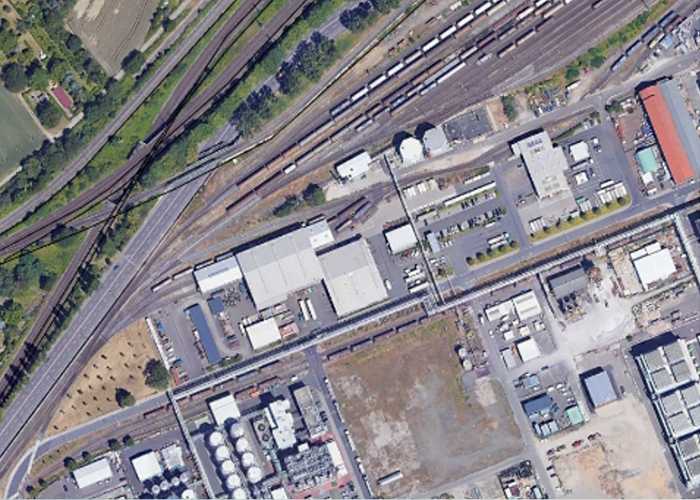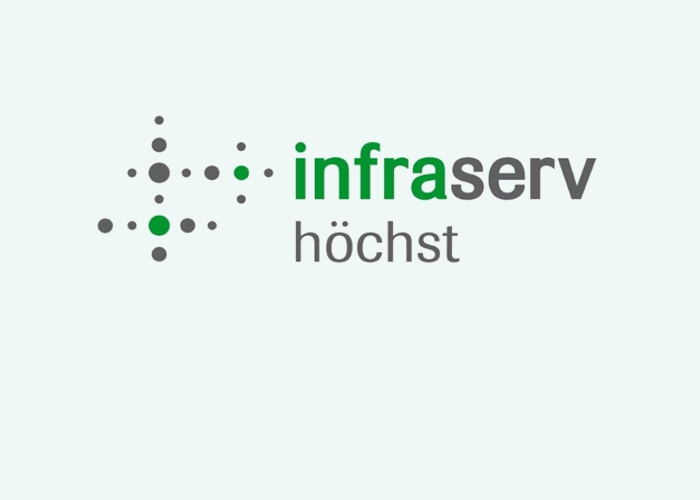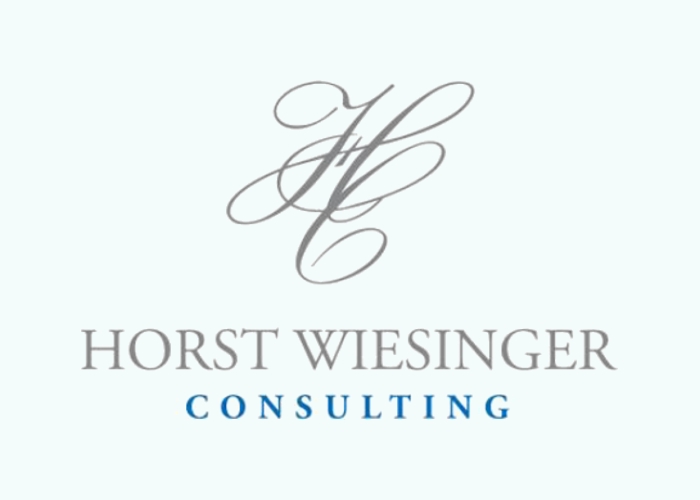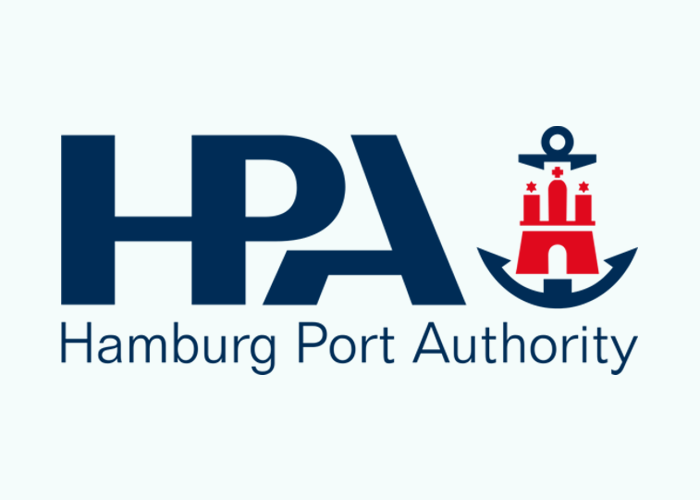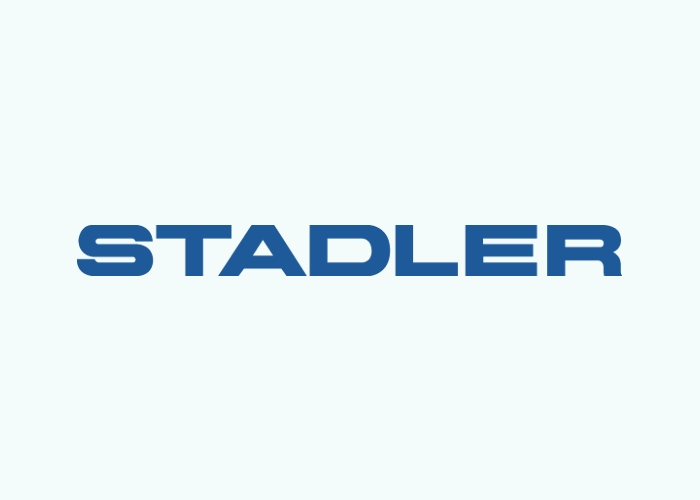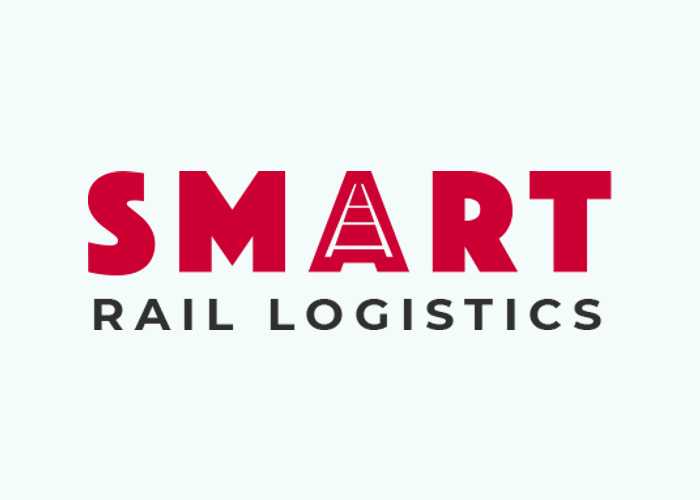Audit plant railway
Measures / Expansion / Tariff system
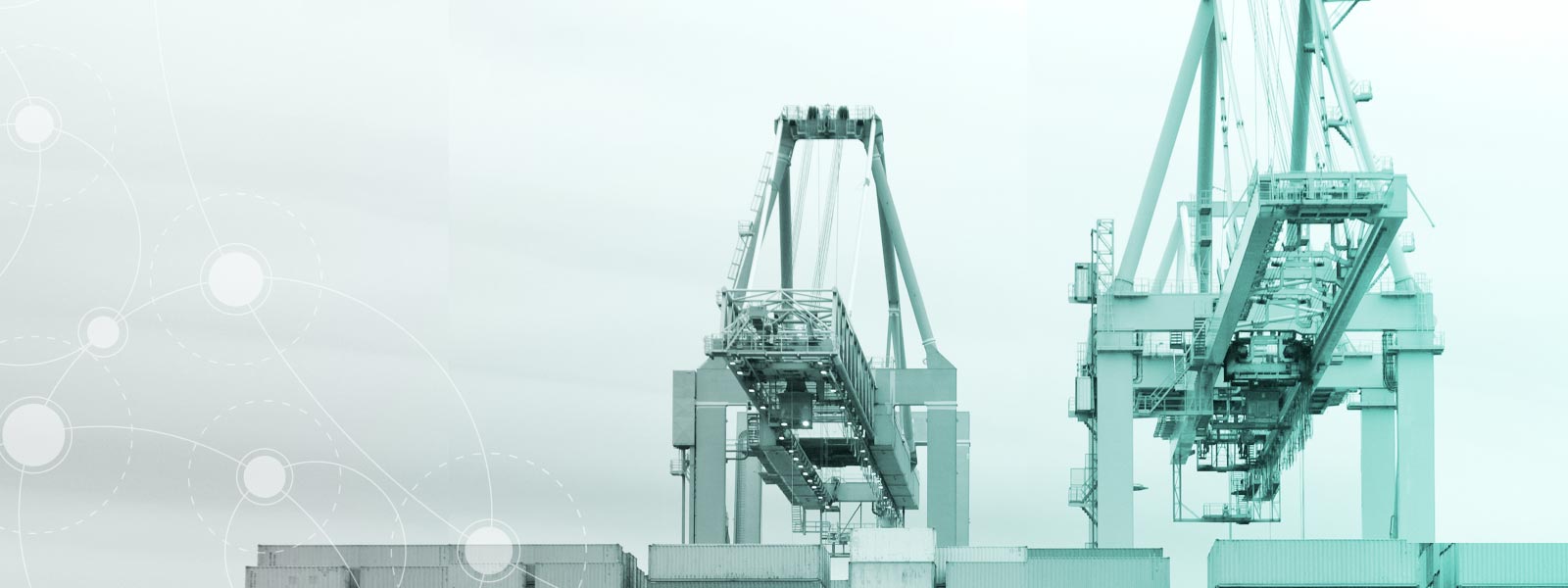
References
Infraserv Höchst is a leading site operator and industrial services provider for the chemical and pharmaceutical industries and related process industries. Industriepark Höchst in Frankfurt am Main covers an area of approximately 460 hectares and is home to some 90 companies, making it one of Europe’s largest production and research sites. Infraserv operates a 72-km road network, around 800 km of pipelines and an extensive plant rail network with around 57 km of tracks for the companies located there, which is to be expanded to include additional tracks for entry and exit to accommodate new traffic. The costs of the rail infrastructure are currently covered by the companies with rail access via a contribution system .
I. Derivation of measures
Audit of the plant railway facilities and operations
In a first step, an as-is survey of facilities and processes was carried out (number of trains, shunting operations, dwell times, critical infrastructure, connection to DB Netz, service trips to loading points, technical equipment of the shunting routes, etc.) in order to draw up an assessment of the basic performance of the rail facilities based on this data. By means of a simplified (non-visualized), partial operating simulation based on available track occupancy plans, suggestions for optimizing the operating processes could be derived and bottlenecks identified. In addition to measures for eliminating these bottlenecks, a rough investment estimate was also made for the necessary actions and reference was made to possible funding opportunities, e.g., under SGFFG (Long-distance Rail Freight Network Funding Act).
Development of concrete measures for the optimization of the plant railroad
Within a period of about 2 months, a total of 17 individual measures were developed, both in the operational organizational and in the infrastructural area, which show significant improvements for the entire plant railroad complex. An alternative connection concept and a redesigned track layout were drawn up for a plant extension. As a result, potential conflicts between the existing plant railway operations and the expected new traffic for the extension complex could be minimized by means of an extensive infrastructural segregation of the traffic. In addition, targeted expansions of the existing facilities for loading point service were proposed in areas where high traffic volumes appeared to require relief. In the organizational area, among other things, the revision of the existing tariff system (key topics “infrastructure usage fee” and “terms of use”) was proposed.
II. Feasibility study for plant expansion and integration into existing control and safety technology
Conceptual redesign of the plant extension
In a first step, the project showed that an effective separation of the new track facilities is possible if the local site utilization is implemented with the maximum gradients in the track connection that are compatible with the planned traffic. By this measure, the connection of the track extension to the feeder track to the DB rail network could be designed to allow direct access to the new plant area and thus to omit the operationally sensitive area of the plant station. The now geometrically possible direct connection of the extended track areas for new traffic raised questions about the integration of this part of the plant into the existing control and safety technology of Infraserv and DB-Netz.
Mediation and support of the coordination between Infraserv and DB – Netz for the integration of the new track system into the existing interlocking systems
After identifying the basic problems involved in integrating the track extension into the existing control and safety technology, contact was first established with the responsible department at DB Netz. Infraserv, together with an engineering firm specializing in interlocking technology, obtained information on how to integrate the system into its own local interlocking technology and how to coordinate it with the systems at DB Netz. In the end, the parties involved were able to work out a concept that would allow the integration of the modified track connection proposed by TransCare for the extension in safety terms as well.
III. Development of a tariff system for the efficient use of rail infrastructure
Development of principles for a revised tariff system
In a first step, the legal framework was outlined and the question of public rail infrastructure versus non-public plant railroads was discussed. In addition, the current cost recovery ratio was determined on the basis of the existing contribution system and a respective need for action was derived. In addition, a cost estimate was drawn up for the new extension area to be built. Based on the results, it was possible to develop principles for the definition of conditions of use and a tariff structure that would result in a high degree of cost recovery for the rail infrastructure. For this purpose, a simulation model was set up to determine revenues based on assumptions for future traffic development and taking price elasticities into account.
Result of the conceptual tariff development
A separation of the rail facilities for the existing plant rail area and the operationally separate expansion area was proposed. For the new rail facilities in the expansion area, it was recommended that they be designed as public rail infrastructure with the definition of conditions of use and a tariff system. The wording of the conditions of use and the basic types and levels of fees were worked out jointly with Infraserv. A revised charging system was developed for the existing plant railroad, which provides a stronger incentive for economical use of the rail infrastructure in the industrial park. In particular, the dwell times of freight cars on the plant railroad site are to be minimized in order to be able to adapt the expansion requirements of the rail infrastructure to the limited space available.
Our Services
I. Derivation of measures
- Analysis of the plant railway infrastructure, loading points and recording of traffic flows.
- Detailed analysis of the dwell and transit times of several thousand wagon movements.
- Identification of bottlenecks.
- Conceptual redesign of a facility expansion for new traffic.
- Detailed discussion of different options for infrastructure measures.
- Identification of possible operational measures based on evaluated processes.
- Presentation of principles for a transparent tariff system ensuring a fair distribution of the plant railway infrastructure costs.
- Detailed analysis of the given site conditions.
- Development of an alternative layout plan with direct connection to the existing feeder track.
- Detailed discussion of different options for infrastructure measures.
- Identification of possible safety-related issues.
- Establishing contact with the responsible specialist department at DB-Netz.
- Support of the explanatory and coordination meetings.
- Suitability assessment of the developed proposals.
- Detailed analysis of the present revenue situation.
- Indication of the legal framework.
- Detailed discussion of different options for infrastructural pricing systems.
- Proposal for an operationally adequate division of the track infrastructure.
- Assistance in the development of terms of use.
- Development of a revenue simulation considering future developments and price elasticities.
- Cost calculation for the track extension.
- Revision of the cost allocation procedure.
- Pricing for the new public track area.
II. Feasibility study for plant expansion and integration into existing control and safety technology
III. Development of a tariff system for the efficient use of rail infrastructure
CLIENT
Infraserv GmbH & Co. Höchst KG
Frankfurt / Main, Germany
WEBSITE
DOWNLOAD I. MEASURES
DOWNLOAD II. EXPANSION
DOWNLOAD III. TARIFF SYSTEM


